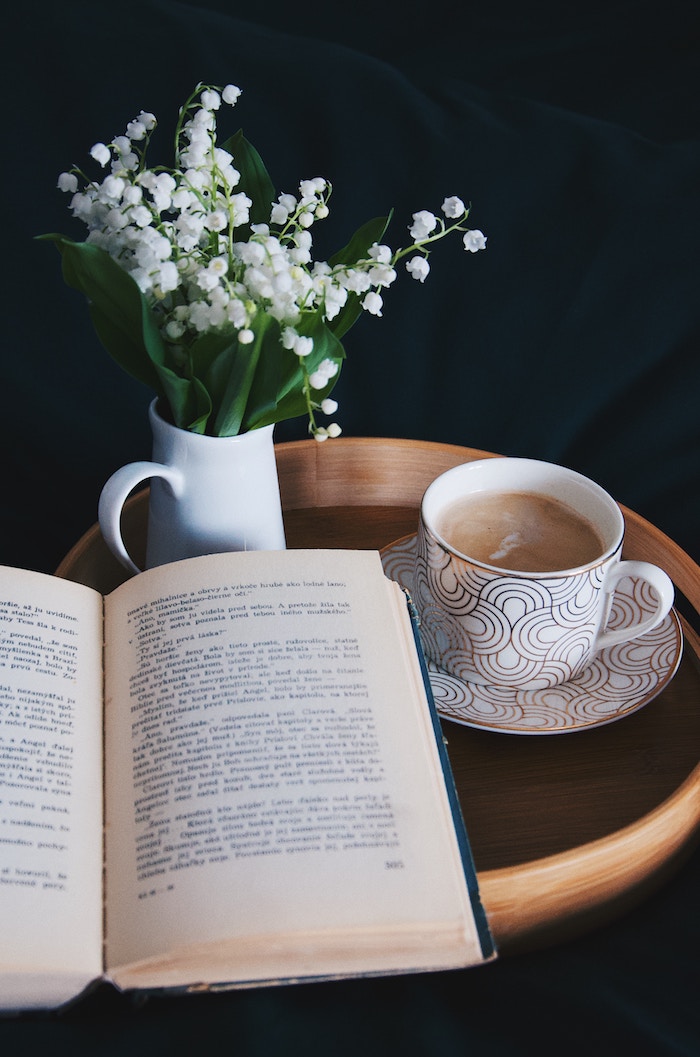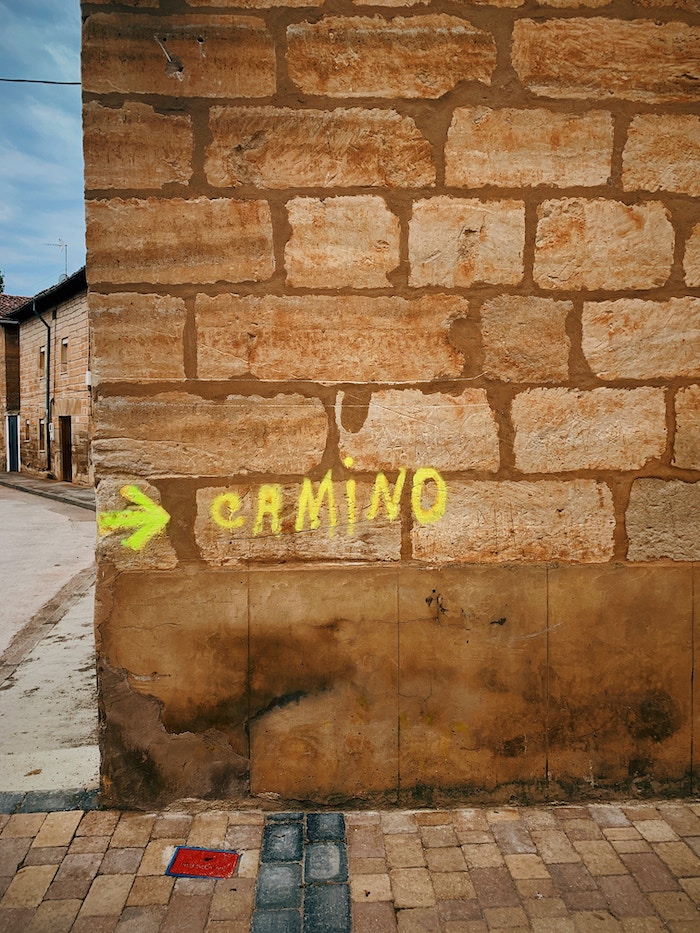In recent years, “pumpkin spice” has been getting a lot of heat for being too “basic” or “extra.” It’s now seen as being uncultured—something that is simply fluff. A lot of this flack seems to be rooted in the sexist tendency to put down anything that is seen as inherently feminine by labeling it as uncultured or “less than.” This same phenomenon has been seen with the put-down of other assumed feminine things like the “VSCO Girl,” taking pictures of one’s food, women who have Instagram and iced coffees. “Pumpkin spice” is no exception.

The truth is, this spice and the love for it is not a new and uncultured thing. In fact, it’s deeply steeped in culture and history. Nutmeg, a key ingredient in the mix, turns out to have been used by humans for 3,500 years. Archaeologists have found the residue of it on shards of pottery on the Indonesian island of Pulau Ay—part of the Banda Islands.
By the 1300s, these islands came to be known as being part of the “Spice Islands” because they were the only known place to grow nutmeg. Thanks to the spice trade, Europe got a taste for nutmeg during this time and exports from the islands boomed. At the time, nutmeg was more valuable than gold.
The exact mixture of “pumpkin spice” was combined and used often by the early years of the American colonies. Using the mixture of cinnamon, nutmeg, ginger, allspice, and cloves was extremely popular in baking, generally in the process of making “pompkin pie” (as documented in the reprint of American Cookery by Amelia Simmons in 1798). In the 1930s, companies (including McCormick & Co.) started selling pre-mixed containers of the spices so consumers wouldn’t have to buy all of them separately. It was extremely popular, and was sold under the name “Pumpkin Pie Spice.”

While for many decades coffee shops have been putting the spice mixture into espresso drinks, it’s unclear who was the first to do it. When it comes to the famous Starbucks PSL however, Peter Dukes is credited with pitching it in 2003. Originally debuting in only Vancouver, B.C. and Washington D.C., it’s now the most popular seasonal beverage of their history.
Now, “pumpkin spice” has been made into marshmallows, hummus, and soaps. It’s taken our culture by storm, and it’s no surprise given its deep roots—especially in American history. The spice mixture is so inherently a part of American culture that to call it “uncultured” or only for suburban women is just completely inaccurate. It’s a part of history, on a domestic and global scale.
It’s also a delicious way to honor the seasonal cycles and autumn itself. Ordering a PSL is a great way to connect with fall time and all it comes with—brightening leaves, chilling temperatures, bountiful harvests, and longer nights. As you drink the festive drink, think of your favorite autumn memories, what the season means to you, or your own transformations.

You can also incorporate the spice mix into your autumn by making your own version of it. Go to your local co-op or spice refill station, and add the spices in using a ratio that you like best. If your favorite spice is the cinnamon, add more of it than the other spices, for example. As you add each spice, do it mindfully or using kitchen witchcraft (for example, cinnamon is often associated with luck so if that resonates with you, be reflecting on that as you pour it into your jar). Shake the jar well, and decorate it using twine, dried fall flowers, or foraged acorns.
Other ways to use the spice this season include sprinkling some into your chai tea or steamed vegan milk, using it to make hot cider (even better if you pick the apples yourself), topping your oatmeal with it, stirring some into your pancake batter, or baking it into sugar cookies! You can also use it in non-edible ways such as making candles using the spice mixture (or using their essential oil equivalents), wearing colors that remind you of it, or using the mix in your witchcraft in various ways (ever considered making a “pumpkin spice” circle rather than a salt circle?).
However you choose to use it, just remember to honor its rich history and cultural ties to this transformative time of the year. It’s a beautiful thing to embrace this autumn.
Get more like this—Sign up for our daily inspirational newsletter for exclusive content!
__
Photo: Emily Iris Degn




